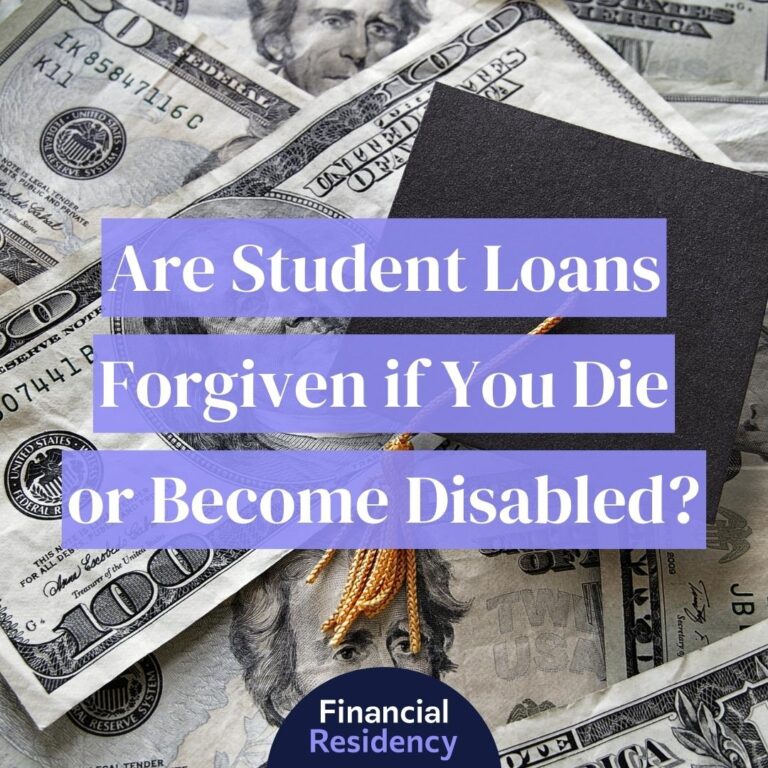Finding out if you’re eligible for the Pay As You Earn (PAYE) student loan repayment plan begins here.
The world of student loan repayment can be cruel and unforgiving. Lenders don’t tend to care how hard it is for you to make your monthly payments, and will only consider a more lenient structure if you’re in serious danger of defaulting.
Because of that, too many young doctors and other professionals spend the majority of their youth living on a shoestring budget, barely squeaking by each month as they juggle their jobs and other responsibilities. Things may get easier as they progress in their careers and begin to earn more, but that’s little consolation for someone who spent their 20s eating ramen noodles and sleeping on a futon.
That’s why income-based repayment plans are a godsend for so many people. If you have the right kind of loan, these plans are essentially guaranteed to offer you a repayment structure that works with your income. They’re also compatible with those seeking Public Service Loan Forgiveness (PSLF).
Pay As You Earn (PAYE) is one of the most popular income-based plans. Here’s what you should know about going down that path.
What is Pay As You Earn (PAYE)?
PAYE is one of a few income-based repayment options offered by the Department of Education. Only federal student loans are eligible for income-based plans such as PAYE.
Under PAYE, monthly payments are limited to 10% of your discretionary income, which is the difference between your adjusted gross income and 150% of the poverty guidelines. Adjusted gross income refers to your annual salary minus retirement, 529, HSA, and other contributions.
PAYE is designed for borrowers who have a high debt-to-income ratio. It guarantees that your payments will never be larger than they would be under the 10-year plan.
Every year, the government recalculates your monthly PAYE amount, which can change depending on your new AGI, family size and location. If you just got a big raise, for instance, your payment will increase.
PAYE doesn’t take your spouse’s income into consideration, as long as you file taxes separately – a huge bonus if you have a low-paying job and your partner is a high earner.
After 20 years of payments, the remaining loan balance is forgiven. Borrowers will still have to pay taxes on that amount, which can be a substantial sum.
PAYE differs from other repayment plans, such as Income-Contingent Repayment, in that it counts your discretionary income as 150% of federal poverty guidelines minus your adjusted gross income. ICR counts it as 100%, which means PAYE gives you a smaller monthly payment. On a $50,000 loan with a $25,000 salary, that could be a $100 difference each month.
Who’s eligible for Pay As You Earn (PAYE)?
Only those with the following types of federal loans are eligible for the PAYE plan:
- Direct Subsidized and Unsubsidized Loans
- Direct PLUS loans made to students
- Direct Consolidation Loans not including Parent PLUS loans
If you have FFEL or Perkins loans, you can consolidate them through the federal government to create a Direct Consolidation Loan. Only then will your loans be eligible for PAYE.
Qualified applicants must have a loan term starting after October 1, 2007 and have received their first loan on or after October 1, 2011. If you refinanced or consolidated your federal loans with a private company, those loans are no longer eligible for PAYE or any other repayment option.
How Pay As You Earn (PAYE) works with PSLF
Public Service Loan Forgiveness is a program in which borrowers can get their federal student loans forgiven after 10 years of payments. They have to work for an eligible employer, either the government or a not-for-profit organization.
Because PSLF requires 120 payments, most people end up switching from the standard 10-year repayment plan to an income-based option with a 20 or 25-year term. The longer repayment plan gives them lower monthly payments while still allowing them to pursue PSLF.
The amount forgiven under PSLF isn’t considered to be taxable income, so there’s no penalty for making the smallest payment possible. Borrowers working toward PSLF should choose the smallest monthly payment available to them, which will often be PAYE.
How Interest Works in Pay As You Earn (PAYE)
All student loans given from the federal government accrue interest while the borrower is in repayment. Because PAYE is an extended plan, interest accrues faster than under the normal 10-year plan that most graduates stick with. When you choose a longer plan, you end up paying more in interest overall, because interest continues to accrue on the balance even while you’re making payments.
The difference can be staggering. A 22 year-old making $45,000 a year with $35,000 in student loans at 6.8% interest will end up paying $48,334 with the normal repayment method. A PAYE borrower would pay $58,268, about $10,000 more in total.
Is Pay As You Earn (PAYE) Best for You?
Choosing PAYE while aiming for PSLF is a great option for people with high loan balances. It allows them to have more manageable student loan payments without getting stuck with a huge tax bill at the end. Mixing PAYE with PSLF is a match made in heaven.
If you’re not going the PSLF route and want to figure out if PAYE is best for you, plug your information into the Department of Education’s Repayment Estimator, which will show how much your monthly payment, total amount paid and total amount forgiven will be under each plan. If you’re not applying for PSLF, remember to factor in how much you’ll owe on your taxes for the forgiven loan balance.
An easy way to tally that number is to multiply 25%-30% of the sum forgiven. If your remaining balance after 20 years is $30,000, then your tax liability will be between $7,500 and $9,000. A tax accountant or CPA could give you a better estimate. Compare the total amount paid with how much you’ll save and see if the difference is significant.
Borrowers who use the PAYE program without PSLF will end up paying more in interest overall, like they would with other extended income-based programs. If you’re on the fence about whether or not to choose PSLF, remember to take this into consideration.
Choosing PAYE simply because you want lower payments can be a gamble. You’ll owe thousands on your taxes once the loans are forgiven, which could be a nasty shock if you’re used to getting a tax refund. It also means you’ll be in debt for double the time that you would be if you stuck with the standard 10-year term.
PAYE works well for those who need the option of lower payments, like people supporting a family or living in an expensive city. If that describes your situation, apply for PAYE and switch back to the regular plan once you can afford to pay more. This way, you’ll be safe from missing payments or defaulting on your loan. You can also pay less interest than if you used PAYE for the entirety of your loan balance.
If you’re not sure if PAYE is right for you, do the math and see what your options look like. Make sure to consider your future financial obligations and don’t do just what’s best in the short term.



